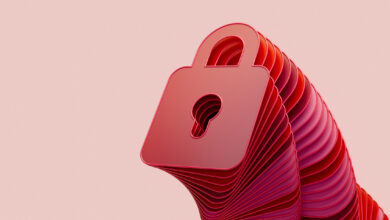All Post-Quantum, PQC Posts
-
Post-Quantum
NIST PQC Security Strength Categories (1–5) Explained
As part of its post-quantum cryptography (PQC) standardization, NIST introduced five security strength categories (often labeled Levels 1-5) to classify the robustness of candidate algorithms. Each category represents a minimum security level that a PQC algorithm’s cryptanalysis should require, defined by comparison to a well-understood "reference" problem in classical cryptography. In simpler terms, NIST set floors for security: if a PQC scheme claims to meet…
Read More » -
Post-Quantum
Quantum Readiness: What Crypto Exchanges Should Do Today
Preparing for quantum computing is a grand challenge, but it’s one that crypto exchanges can tackle step by step. By addressing off-chain vulnerabilities, fortifying custodial key management, and staying vigilant on-chain, exchanges can dramatically reduce the risk of being caught off-guard by a quantum breakthrough. The goal is not to panic, but to plan pragmatically. As one strategy guide noted, even if you can’t fix…
Read More » -
Post-Quantum

Physics at the Heart of the New Cold War
In the 21st century, cutting-edge physics has moved from the laboratory into the realm of high geopolitics. Breakthroughs in quantum computing, advanced materials, and energy aren’t just academic - they are strategic assets coveted by nations. The situation echoes the mid-20th century, when projects like the Manhattan Project turned abstract physics into world-altering power. Today, governments are pouring billions into quantum technology and other physics-driven…
Read More » -
Post-Quantum

Hybrid Cryptography for the Post-Quantum Era
By combining classical and post-quantum cryptographic primitives in tandem, hybrid schemes provide defense-in-depth during this transition period. In practice, a hybrid approach might mean performing both a traditional elliptic-curve key exchange and a post-quantum key exchange inside the same protocol, or signing a document with both an ECDSA signature and a Dilithium (post-quantum) signature. The result is that an attacker would need to break all…
Read More »

